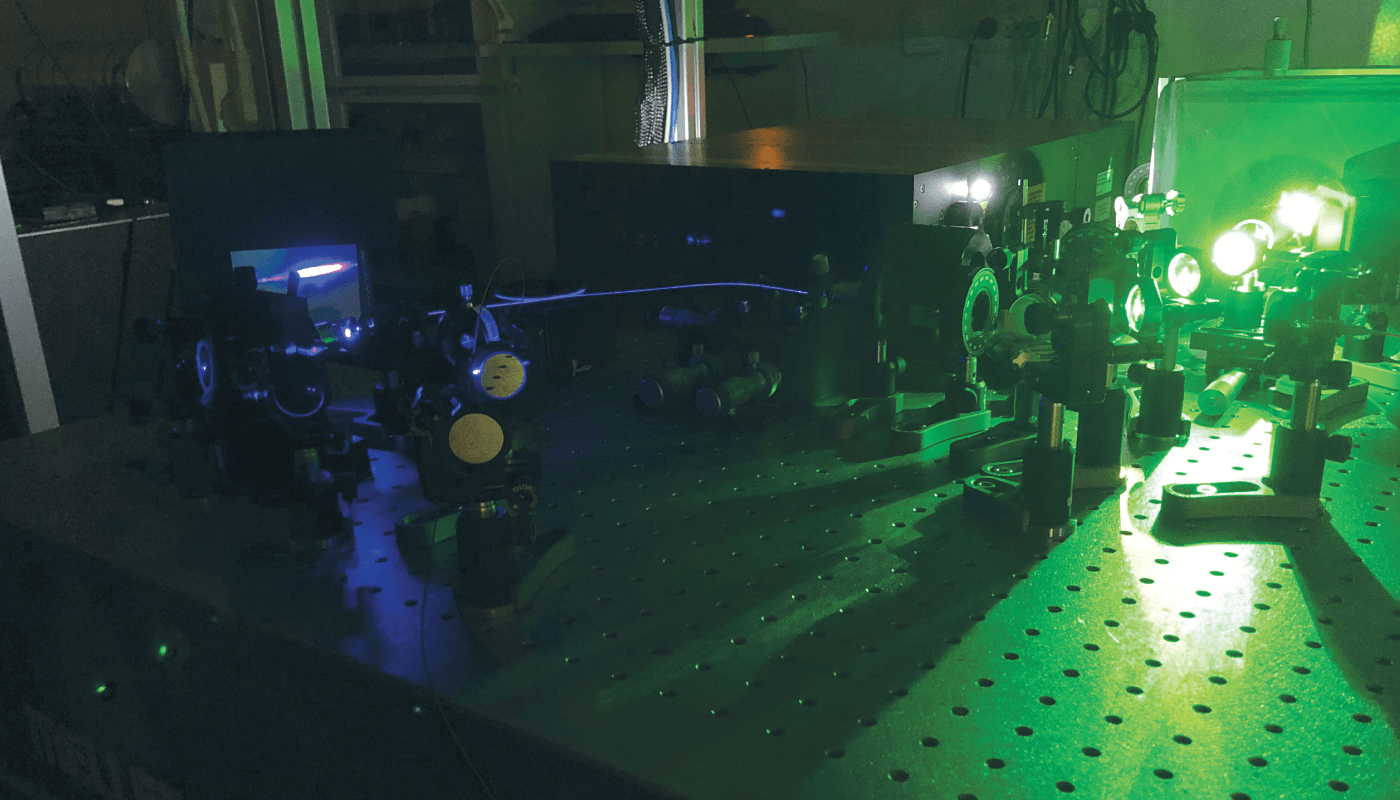
Some gaseous impurities can be harmful or indicative of faulty production processes, meaning detection at even trace levels is crucial. A novel interferometric method for background-free broadband absorption spectra measurement and cantilever-enhanced photoacoustic spectroscopy is breaking records in this realm.
“My contribution was the development of advanced light sources and sampling methods to give unprecedented performance,” says Teemu Tomberg, who dedicated his PhD thesis at the University of Helsinki, Finland to the research. “The acoustic detection method bears some resemblance to atomic force microscopy, but the cantilever is moved by the acoustic waves instead of interaction with the sample.”
And the applications? Disease diagnosis is one possibility. And Tomberg recognizes the need to present a solution rather than a raw innovation: “Applying these techniques to solving real-world problems is the definite next step. Though I’ve now moved onto new projects, funding applications for my gas detection method are ongoing.”
References
- The University of Helsinki (2020). Available at: https://bit.ly/35T6WIu




